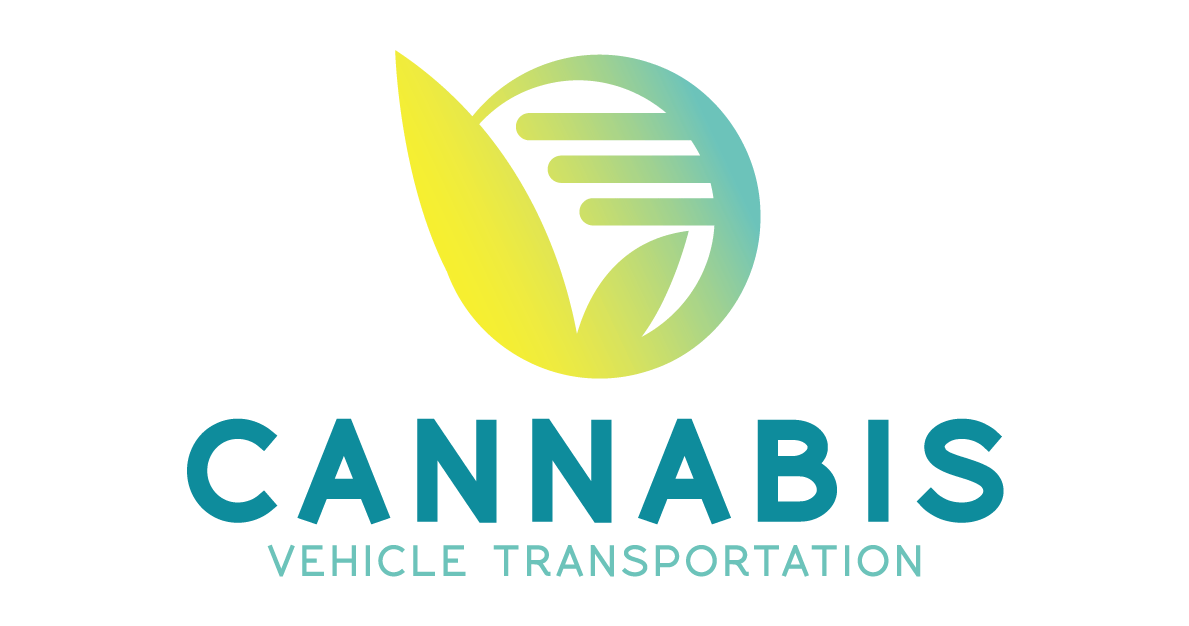In the rapidly evolving cannabis retail space, delivery logistics have emerged as a cornerstone of customer experience and operational efficiency. With states like California, Michigan, and Massachusetts permitting cannabis delivery under varying regulations, dispensaries are faced with a strategic question: should they invest in managing an in-house fleet or partner with a third-party delivery provider? While both models come with merits, the choice often boils down to control, compliance, scalability, and cost.
In-House Delivery: Control Meets Compliance
Operating an in-house cannabis delivery fleet gives dispensaries end-to-end control over the entire logistics chain. This is particularly important in a tightly regulated industry where compliance with tracking, vehicle security, and driver credentials can make or break an operation. According to industry compliance provider METRC, strict manifest tracking and GPS traceability are non-negotiable in states like Colorado and California. By owning the fleet and directly employing drivers, businesses ensure that SOPs (Standard Operating Procedures) are enforced and internal training aligns with state laws.
Moreover, customer service tends to be better with in-house drivers, who are more familiar with company policies, brand voice, and product handling. This builds consumer trust—a critical factor in an industry still overcoming stigma. However, this model comes at a cost: vehicle maintenance, insurance, recruitment, and training all fall on the dispensary, increasing overhead. It also demands dedicated logistics management, including route planning software and driver scheduling.
Third-Party Providers: Flexible but Risk-Prone
Third-party delivery services offer dispensaries a turnkey solution, offloading the logistical headaches. These services provide licensed drivers, GPS-tracked vehicles, and oftentimes their own fleet management systems. For newer dispensaries or those operating in multiple jurisdictions, this can reduce operational friction. Companies like Eaze and Grassdoor have shown that outsourcing can scale rapidly and extend customer reach beyond a dispensary’s physical footprint.
However, this convenience can come with risks. Many operators have raised concerns about lack of control over brand presentation, inconsistent delivery times, and compliance violations. A 2023 MJBizDaily report found that third-party services had a higher incidence of state compliance warnings, often due to gaps in communication between the retailer and the delivery partner. For premium or vertically integrated brands, relinquishing customer touchpoints may dilute the brand experience and risk product mishandling.
Hybrid Models: A Growing Middle Ground
Some dispensaries are turning to hybrid models—retaining a small in-house team for high-value or local orders while leveraging third-party services for overflow or out-of-area deliveries. This approach blends the control of in-house with the reach and flexibility of outsourcing, but it requires more complex coordination and often custom-built software integrations.
Business Goals Dictate the Answer
Ultimately, neither model is universally better. In-house fleets offer superior control and brand consistency, while third-party partners provide scalability and reduced burden. Dispensaries with high order volumes, strict brand standards, or complex compliance obligations may benefit from in-house delivery. In contrast, startups or multi-state operators looking for quick market penetration might lean on third-party logistics.
